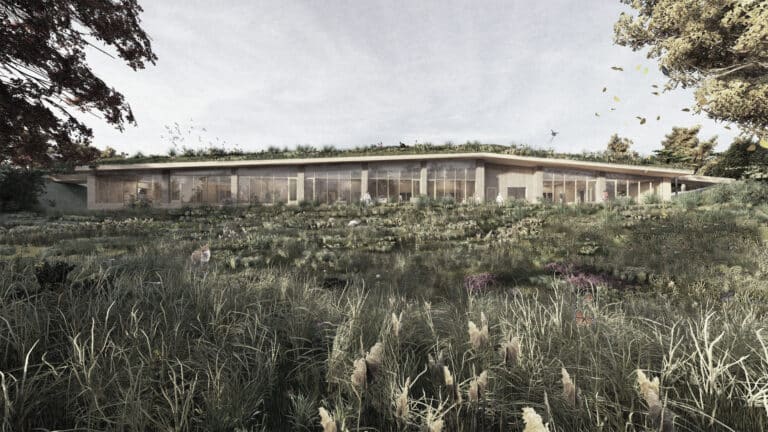
WOOD BUILDING WITH A LOW CO2 FOOTPRINT
The house's low CO2 footprint is due to both design and choice of materials. A significant climate reduction already occurs at the start of the design process when we desice to orientate the primary rooms with big windows to the south. It reduces the need for artificial light and heating which minimizes the total energy need.
Wood is used as the primary material and instead of glass wool, wood fiber is used for insulation, as it can absorb and transport moisture to a greater extent. The house has a tight and well-insulated building envelope, as it reduces energy requirements and CO2 emissions.
The dense building envelope also creates a healthy indoor climate without thermal bridges.
The Danish Nature Agency is enthusiastic about the home: "In Thy, we have not only got a beautiful home. But also a home that really improves on a CO2 account, has a healthy indoor climate and low costs for operation and maintenance. We have chosen to build in wood to emphasize the Norwegian Nature Agency's roots, and find that BJERG Arkitektur with a simple design has managed to make the house blend elegantly into the surroundings," Kim Røjgaard, head of finance, Nature Agency.






